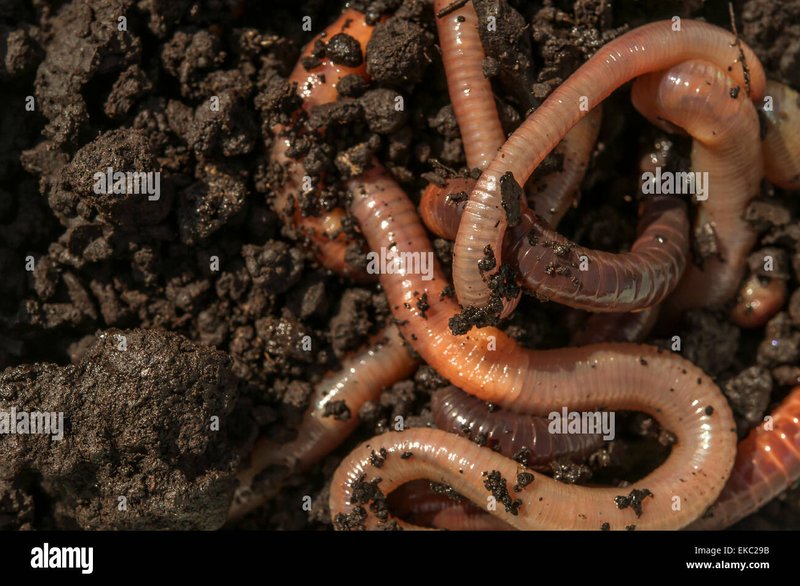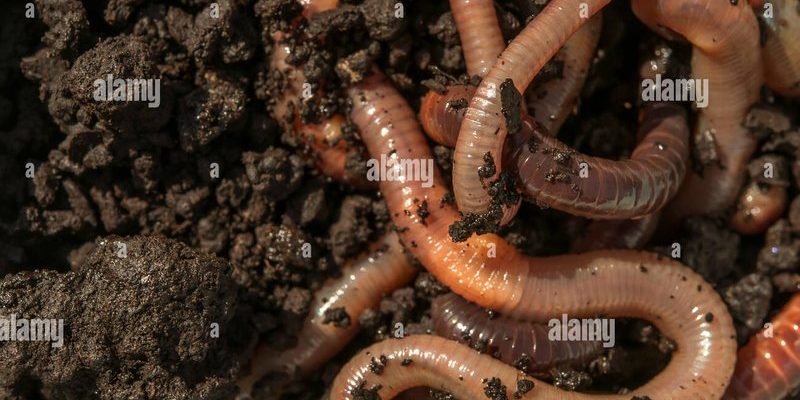
Think of earthworms as tiny gardeners themselves. They break down organic matter, aerate the soil, and improve drainage. But just like us, they have preferences when it comes to their homes. Some soils offer a buffet of nutrients, while others might feel like a tough day at the gym. Let’s explore whether our squirmy friends can find comfort in sandy or clay soils, and what this means for your garden or compost pile.
Understanding Earthworms and Their Habitats
Earthworms are fascinating creatures that belong to the annelid family. They breathe through their skin and thrive in moist environments. Their primary role in the ecosystem is to break down dead plant material, which enriches the soil with nutrients. But they don’t just live anywhere. Each species of earthworm has its preferences, and understanding these can help us determine where they’re likely to thrive.
Soil structure is key to an earthworm’s survival. They prefer soils that are rich in organic matter and moisture. While they can adapt to different soil types, certain conditions will make life easier for them. Sandy soils, for instance, drain quickly, which can lead to dryness, while clay soils can become compacted, limiting their movement. Knowing these factors helps to understand whether earthworms can thrive in these different environments.
Sandy Soil: Friend or Foe to Earthworms?
Sandy soil is made up of larger particles, which means it drains water quickly. At first glance, this might seem like a bad deal for earthworms. After all, they need moisture to breathe and survive. Imagine trying to take a deep breath on a hot, dry day—it’s not easy! However, sandy soil has its perks. It’s well-aerated, which makes it easier for earthworms to move around.
Furthermore, if sandy soil has a good amount of organic matter mixed in—like decomposed leaves or compost—earthworms can find enough moisture and food to thrive. They might dig deeper to find richer pockets of nutrients or moisture, so if you’re gardening in sandy soil, consider adding organic material regularly. This little tip can transform your garden into a haven for these beneficial worms.
Enhancing Sandy Soil for Earthworm Habitats
If you’re dealing with sandy soil and want to attract more earthworms, consider these steps:
- Add organic matter: Incorporate compost, leaf mold, or well-rotted manure to provide food and retain moisture.
- Avoid chemical pesticides: These can harm earthworm populations. Go for natural pest control methods instead.
- Water regularly: Keep the soil moist but not soggy. This helps create a welcoming environment for earthworms.
With these adjustments, you can encourage earthworms to turn your sandy soil into a thriving ecosystem.
Clay Soil: The Challenge for Earthworms
Now, let’s talk about clay soil. This type of soil is dense and compact, made up of tiny particles that hold onto moisture. While this might sound like a cozy home for earthworms, it can actually pose some challenges. Think of clay soil as a tight pair of shoes—comfortable but not always easy to wiggle in!
The compact nature of clay can suffocate earthworms if the soil is too wet or too dry. When it’s overly saturated, the soil can become waterlogged, making it hard for them to move around. But if the soil dries out, those poor worms may become trapped, gasping for moisture.
Creating Better Conditions in Clay Soil
To help earthworms make a home in clay soil, consider these tips:
- Aerate the soil: Use tools like a garden fork or aerator to help break up the compact layers.
- Add organic matter: Just like with sandy soil, adding compost will improve texture and provide nutrients.
- Mulch: Applying a layer of mulch helps retain moisture and creates a more favorable environment for earthworms.
With a little care, you can turn even the densest clay soil into a more hospitable place for earthworms.
Earthworm Species and Their Preferences
Not all earthworms are the same; different species have different preferences. Some prefer sandy soils, while others thrive better in clay environments. For example, the common earthworm, or Lumbricus terrestris, is known for its ability to adapt to various soil types. But in general, most species need a balanced combination of moisture, nutrients, and room to move around.
Understanding which earthworm species reside in your area can guide your gardening approaches. If you find specific types in sandy or clay soils, it may be worth investigating their preferences—there’s likely a reason they’ve chosen to stick around!
The Impact of Earthworms on Soil Health
Earthworms don’t just live in the soil; they actively improve it. Their burrowing habits help aerate the soil, allowing water and nutrients to reach plant roots more effectively. Plus, they break down organic matter, turning it into rich, nutrient-dense worm castings, which are like a superfood for plants.
So, when you see earthworms in your garden, think of them as hardworking allies. Even if they’re living in sandy or clay soil, their contributions can enhance your garden’s health. If you want to create an environment where they can flourish, remember that healthy soil leads to healthy plants.
In summary, earthworms can indeed survive in both sandy and clay soils, but they require certain conditions to thrive. While sandy soils can drain quickly, adding organic matter can help create a welcoming environment. On the flip side, clay soils offer the potential for nutrients but need some aeration and moisture management to support earthworms effectively.
Whether you’re nurturing a garden or creating a compost pile, understanding how to cater to earthworms can greatly improve your soil health. These little helpers do more than just squirm through the ground—they’re essential to creating a thriving ecosystem that benefits all your plants. So, if you find some earthworms wriggling in your garden, celebrate them! They’re working hard to support the vibrant life around them.

